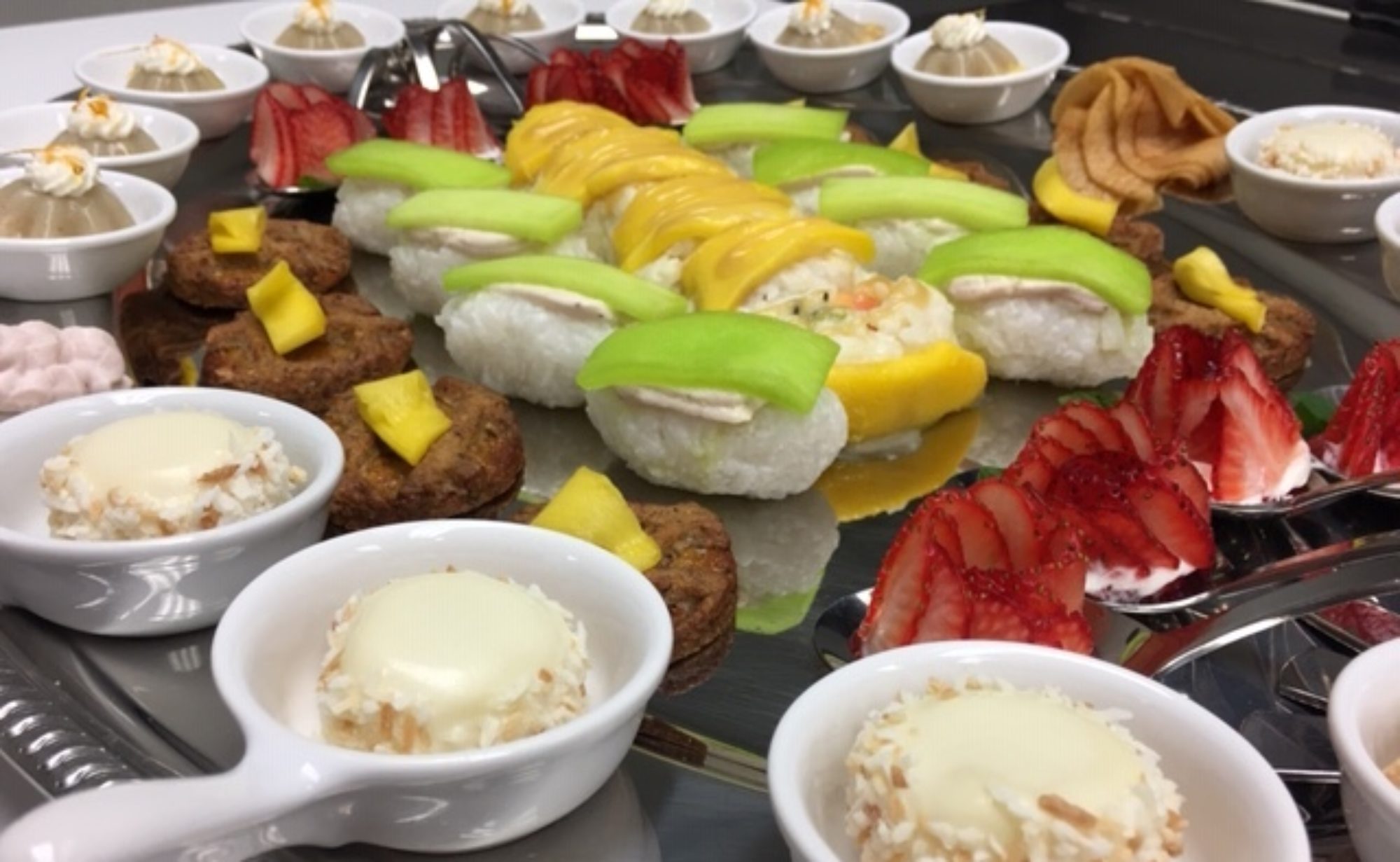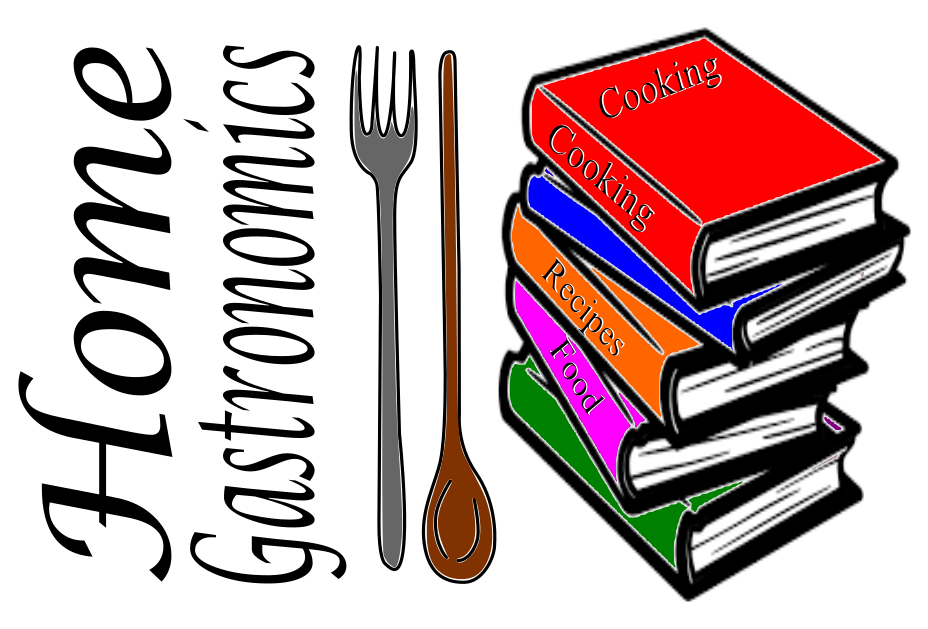
Greetings followers of the food side of the force,
As you may have seen on the Facebook page, we had the opportunity to experience a chocolate tasting at Ethel M’s chocolate factory in Las Vegas. It was extremely educational and I highly recommend it to anyone who happens to be in the Vegas area. –
There are two parts to this factory, there is a short walking tour where you can look onto the production floor through large windows with signs posted explaining what the staff is doing. The second is the chocolate education and tasting. Reservations should definitely be made for this experience.-
Going through this made me think, most people probably don’t think about the chocolate process or what goes into it at all. So of course this is a great chance to share this information with you.-
I’m sure everyone knows that chocolate comes from cacao beans of the cocao tree. The cocao tree predominantly grows only in the 20-degree equatorial zone (20-degrees north or south of the equator). The distinguishable thing about the cocao trees is the large pods which only grow on the trunks and house the cocao seeds from which chocolate comes.
The plantation farmers that cultivate the cocao trees harvest the pods every 6-8 months. Once harvested, the pods are opened and the seed and pulp removed. The seeds are also called beans, and each pod contains 30- 50 of them.
The beans and pulp are then allowed to ferment for a period where the cream colored beans change to a dark purplish color. Fermentation periods may vary based on the farmer or the manufacturer. The method of fermentation also varies depending on the area that the beans are harvested from. Beans may be fermented either by the “Heap Method” or the “Box Method”.
After fermenting the beans must be thoroughly dried and are placed on wooden boards or bamboo mats for a week or two under the sun to dry. The beans are continuously raked and moved to ensure even drying. When the drying process has completed, the beans are packed and shipped to manufacturing plants.
Manufacturers then clean and roast the beans to develop flavor. Shells are separated leaving the fine cocoa nibs, which is the core in making chocolate. The nibs are then ground into cocoa liquor. Cocoa liquor is pressed and yields 2 items: Cocoa powder and Cocoa Butter. Alternatively, the cocoa liquor can be combined with more cocoa butter, and a sweetener, to make chocolate.
The exact recipes depend on what kind of chocolate you are planning on making.
Dark chocolate is made with cocoa liquor, cocoa butter, and sugar. The exact amount of sugar affects the bitterness or % of the chocolate. The higher the %, the higher the amount of pure cocoa and the lower the amount of sugar that has been added.
Milk chocolate adds milk to the dark chocolate mixture, which adds creaminess and some additional sweetness.
White chocolate is a little bit of a different beast entirely and is sometimes not considered true chocolate because it does not use any cocoa liquor. It is made with cocoa butter, milk powder, and sugar.
The next two steps, conching and tempering, are the two steps responsible for producing some of the finest quality of chocolate. Conching is a process of rolling, kneading, heating and aerating the chocolate. The final aroma and flavor of chocolates is developed through conching. Tempering is the process of slowly raising chocolate to a certain temperature to create the most stable form and give chocolate that satisfying snap, shiny surface and smoothness. Tempering is something that even home candy makers can do carefully over a double boiler, or even in a microwave.
And now that we have a final product, go forth and have fun, be creative, make good things… but most of all…
May the Food be With You…

